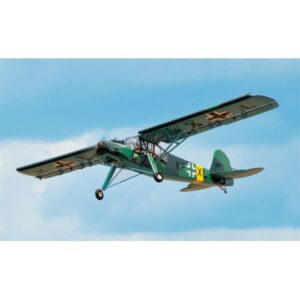Maintaining a remote control plane is essential for ensuring its longevity and optimal performance. Whether you are a novice pilot or a seasoned enthusiast, understanding the intricacies of upkeep can prevent costly repairs and enhance your flying experience. To begin with, regular inspection is paramount. Before each flight, a thorough examination of the aircraft’s components can identify potential issues that might compromise safety. Check for any visible damage on the fuselage, wings, and tail. Additionally, ensure that all screws and bolts are tightly secured, as vibrations during flight can loosen them over time.

Transitioning from the exterior to the interior, the power system deserves particular attention. For electric planes, inspecting the battery is crucial. Lithium polymer (LiPo) batteries, commonly used in remote control planes, require careful handling. It is advisable to store them in a cool, dry place and to avoid overcharging or discharging them beyond recommended levels. Investing in a good quality charger that balances the cells within the battery can prolong its life significantly. For fuel-powered planes, checking the fuel lines and tank for leaks or blockages is essential. Ensuring that the engine is clean and well-lubricated can prevent performance issues and extend its operational lifespan.
Equally important is the control system, which includes the transmitter, receiver, and servos. Regularly testing the transmitter and receiver for proper communication can prevent in-flight failures. Ensure that the antenna is intact and that the receiver is securely mounted within the plane. Servos, which control the movement of the control surfaces, should be checked for smooth operation. Any signs of jittering or sluggishness may indicate the need for replacement or lubrication.
Moving on to the aerodynamics of the plane, keeping the control surfaces—such as ailerons, elevators, and rudders—in optimal condition is vital. These surfaces should move freely and return to their neutral positions without resistance. Any binding or stiffness can affect the plane’s responsiveness. Moreover, the alignment of these surfaces with the main body of the plane should be checked to ensure that they are not skewed, which can lead to unstable flight characteristics.
Transitioning to the landing gear, it is essential to inspect the wheels and struts for any signs of wear and tear. Landing gear absorbs the impact during takeoff and landing, and any damage can lead to crashes. Ensure that the wheels roll smoothly and that the struts are not bent or damaged. Replacing worn-out components promptly can save the aircraft from more significant damage in the long run.
In addition to these mechanical aspects, keeping the plane clean is often overlooked but equally important. Dust and debris can accumulate in crevices and on moving parts, leading to premature wear. Using a soft brush or compressed air can help remove dirt from hard-to-reach areas. For the exterior, a damp cloth with mild soap can be used to wipe down the surfaces, keeping the plane looking pristine and reducing drag.
Finally, documenting maintenance activities in a log can be incredibly beneficial. Keeping track of inspections, repairs, and replacements provides a clear history of the plane’s condition and helps identify recurring issues. This proactive approach allows for timely interventions, ensuring that the plane remains in top-notch condition for every flight.
In conclusion, regular maintenance of a remote control plane involves meticulous inspection and care of its various components. By adhering to these tips and tricks, enthusiasts can ensure their aircraft remains reliable and performs at its best, providing countless hours of enjoyable flying.